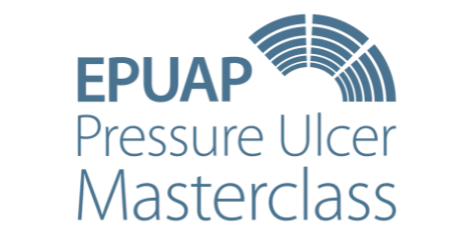Course programme
The programme includes:
- lectures by international renowned pressure ulcer experts
- workshops
- guided tour in the wound care department
- complex case discussions, group work
- networking event
- examination
Registration
Enrolment to the EPUAP Masterclass is made through the application.
Lecture and workshop descriptions
- Pressure ulcer aetiology & biomechanics
- Pressure ulcer risk assessment and pressure ulcer classification
- MASD-MARSI-IAD
The most recent, third and updated edition of the Clinical Practice Guideline (CPG) on Prevention and Treatment of Pressure Ulcers/Injuries has been published in 2019. It includes the most up-to-date evidence-based guidance for clinicians, related topics such as pressure ulcers (PUs) / pressure injuries (PIs) aetiology, classification and future research needs, which were all thoroughly considered by international expert teams. The aetiological description of PUs/PIs in the CPG, led by Professor Gefen, summarizes our most recent mechanobiological understanding of how these wounds form. This lecture, focusing on the aetiology and biomechanics of PUs/PIs, will review this latest understanding of the aetiology of PUs/PIs with a special focus on the effects of sustained soft tissue deformations. Sustained deformations of soft tissues cause initial cell death and tissue damage that ultimately may result in the formation of PUs/PIs, including medical device-related PUs/PIs. High tissue deformations result in cell damage on a microscopic level within just a few minutes, although it may take hours of sustained loading for the damage to become clinically visible and significant. Superficial skin damage is primarily caused by shear loading exposures applied to a fragile skin, whereas deeper PUs/PIs predominantly result from mechanical stress concentrations (i.e., concentrated tissue strains and stresses) within soft tissues at and near their interfaces with bony prominences, or under relatively stiff medical devices. Therefore, primary PU/PI prevention, related to both bodyweight-induced and medical device related PUs/PIs, should aim for minimising sustained (or repetitive) soft tissue deformations, by either reducing the maximal strain/stress values in the affected soft tissues (i.e., reduce the tissue stress concentrations), or by decreasing the exposure time of these tissues.
Risk assessment the first step aiming at identifying individuals who are more likely to develop pressure ulcers/injuries. Risk assessment is complex and optimal methods are unknown. Currently, a two-step approach is considered best practice: As soon as possible after admission, a risk screening should be conducted. If pressure ulcer/injury risk is likely, a comprehensive risk assessment including a detailed evaluation of major and condition-specific risk factors should be conducted.
Classification is part of pressure ulcer/injury assessment. Before any lesion can be classified, the diagnosis of pressure ulcers must be established. Various pressure ulcer/injury classifications exist in parallel worldwide, but despite differences, the concepts described in the current pressure ulcer/injury classifications are similar. The current WHO International Classification of Diseases 11th Revision (ICD-11) provides an up-to-date reference classification.
This lecture focuses on Moisture-Associated Skin Damage (MASD), Medical Adhesive-Related Skin Injury (MARSI), and Incontinence-Associated Dermatitis (IAD) in the context of pressure ulcer management. It focuses on the causes and mechanisms of MASD-MARSI-IAD, discussing their distinct characteristics. The presentation includes a thorough exploration of evidence-based prevention and treatment strategies, incorporating recent advancements in skin care technologies and protocols. The lecture concludes with a discussion on integrating this evidence into comprehensive pressure ulcer prevention and treatment plans.
- Developing and implementing a risk assessment and prevention protocol
- Positioning / Repositioning technologies for PU prevention
- Clinical innovations in pressure ulcer treatment
Participants have the opportunity to take part in a specialized workshop focused on the development and implementation of a comprehensive risk assessment and prevention protocol. The aim of the workshop is to provide participants with the theoretical and practical skills and knowledge essential for effective pressure ulcer prevention strategies. Participants will explore the intricacies of risk assessment methods and gain an in-depth understanding of the factors that contribute to pressure ulcer development. The workshop will emphasize evidence-based approaches and provide participants with the latest tools and techniques to create tailored prevention protocols.
This working class is focused on sharing experiences and tips about the positioning and repositioning of patients of any age in critical setting as ORs, intensive and sub-intensive units. The main frequent scenarios will be analysed for their criticalities and tips to increase personal skills on patient’s tailored preventing strategies using the latest available technologies (dressings and surfaces).
EPUAP MASTERCLASS will guide you through the experience and care in the world of pressure ulcers with innovation and sensitivity. The lecture Clinical Innovations in Pressure Ulcer Treatment will introduce you to novel and most recent approaches to pressure ulcer treatment.
Our secret to innovation is focusing on achieving patient well-being quickly and steadily. Healing pressure ulcers creates a new world of optimism for the whole family and caregivers. The empathetic approach is the keyword for every shared step, from prevention to treatment of pressure ulcers at any age.
There are things you can actively do to make the innovation happen or at least increase the chances of successful wound healing. EPUAP encourages technology input as a work in progress with careful attention to evaluating how research and the clinic go hand in hand in creating a better quality of life.
- Pressure Ulcers and NPWT: when to use it
- Pressure Ulcer: wound hygiene, local dressings, bioburden and local care in 2023
- Guideline implementation and quality indicators
This workshop aims to increase the knowledge of indications and absolute / relative contraindications when using NPWT in pressure ulcers. Concerns and issues that could arise when using NPWT in different health care settings will be analysed and challenged, while sharing and discussing practical suggestions and tips & tricks with the participants.
For more than twenty years, at the Rome Army Military Hospital, we have been addressing all pathological conditions defined as pressure injuries in a holistic manner. The care is carried out by a multidisciplinary team that acts transversally regardless of where the patient is hospitalized. The team’s approach timeline is structured as follows:
– Environmental, clinical and metabolic assessment (family history, risk factor scale, mobility, lesion staging and grading, surface analysis and body offload program)
– Microbial load evaluation (fluorescence imaging for the detection of bacterial burden, culture swabs)
– Local detersion (enlarged cleansing of the affected area)
-Targeted debridement (surgery, soft, ultrasound device guided by fluorescence imaging)
-Targeted antisepsis (different antimicrobial solution related to the injury anatomical localization, prolonged application)
– Local advanced care (Hy-tech dressing, local oxygen therapy, negative pressure, etc)
The Follow-up timing is instead characterized by:
– Personalized frequency of the dressing change (tailoring)
– Possible systemic antibiotic therapy
– Adequate diet and support of minerals and trace elements
– Physical therapy and mental support
– Rehabilitation
Worldwide, the need for implementing evidence-based pressure ulcers prevention and management guidelines is a priority for governments and health care providers. Experience and scientific literature underline how a low uptake of pressure ulcer guidelines is common and can lead to compromised patient outcomes. Based on these considerations, this workshop aims to share appropriate methodology and pragmatical strategies to implement PUs guideline in every clinical setting. It will provide participants with knowledge and skills to overcome barriers, identify facilitators and plan audit and quality improvement projects. Special attention will be paid to the possibilities of sharing experiences with facilitators and inhibitors of the implementation of the recommendations for clinical practice and finding solutions how to identify the proper mechanism to support implementation of evidence in daily practice.
Masterclass 2024 speakers
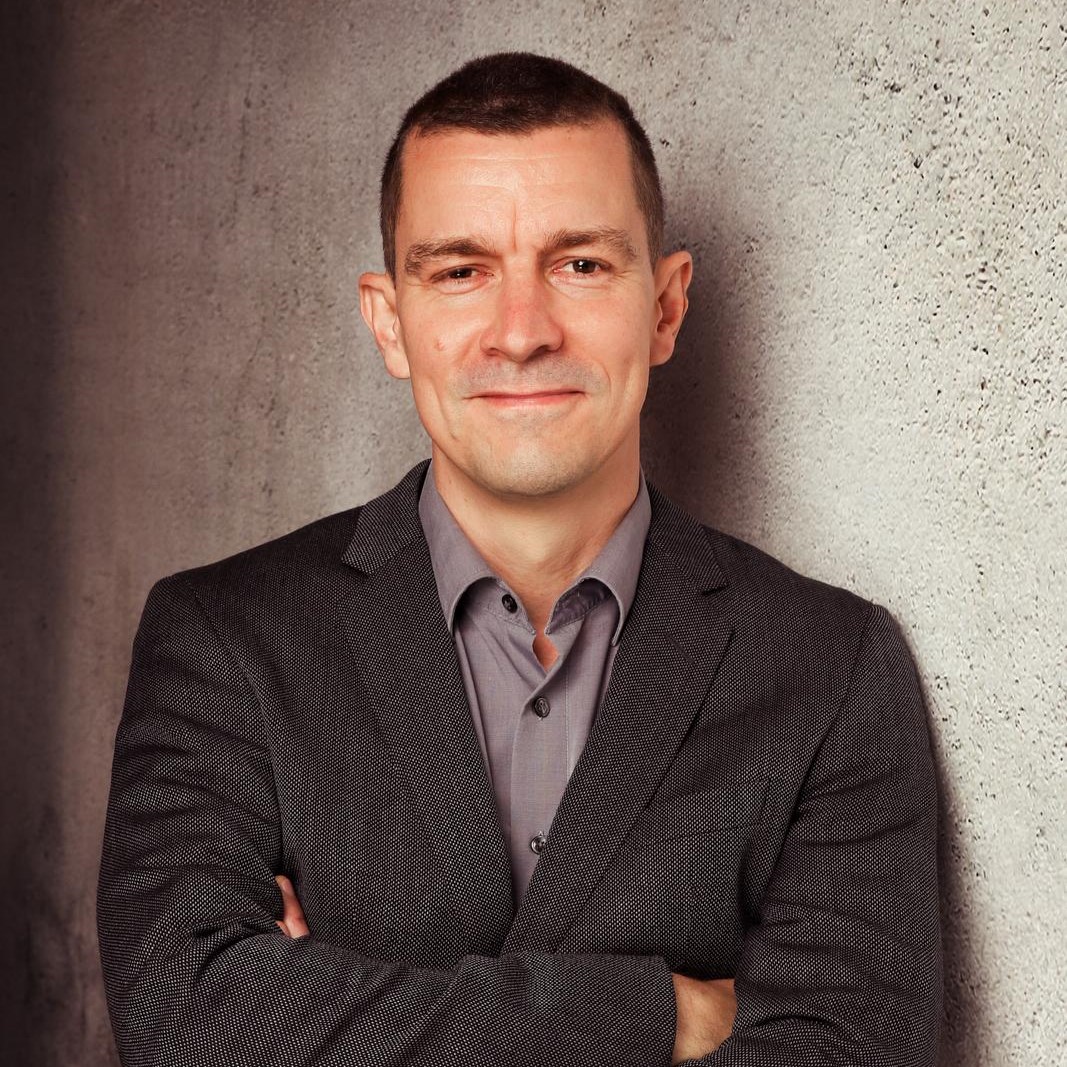
Dr. Jan Kottner
Charité – Universitätsmedizin Berlin, Germany
Dr. Jan Kottner obtained his master in Nursing Science and Education in 2007 after having worked as registered nurse in several hospital settings. Measurement properties of pressure ulcer risk diagnoses and classification, statistical process control methods and the epidemiology of care problems were topics of his PhD thesis and his postdoctoral qualification. From 2011 to 2020 he was the Scientific Director of the Clinical Research Center for Hair and Skin Science at the Department of Dermatology and Allergy at the Charité-Universitätsmedizin Berlin. Since 2020, he is director of the Institute of Clinical Nursing Science at the Charité – Universitätsmedizin Berlin. Key research interests of Jan Kottner are skin and tissue integrity and preventive skin care with a special focus on skin physiology, skin barrier restoration and maintenance. He has special interests in evidence-based practice including systematic reviews, guidelines, clinical trial design and conduct, and outcome development and validation. He is Associate Editor of the International Journal of Nursing Studies and member of international boards and societies focussing of skin and tissue health.
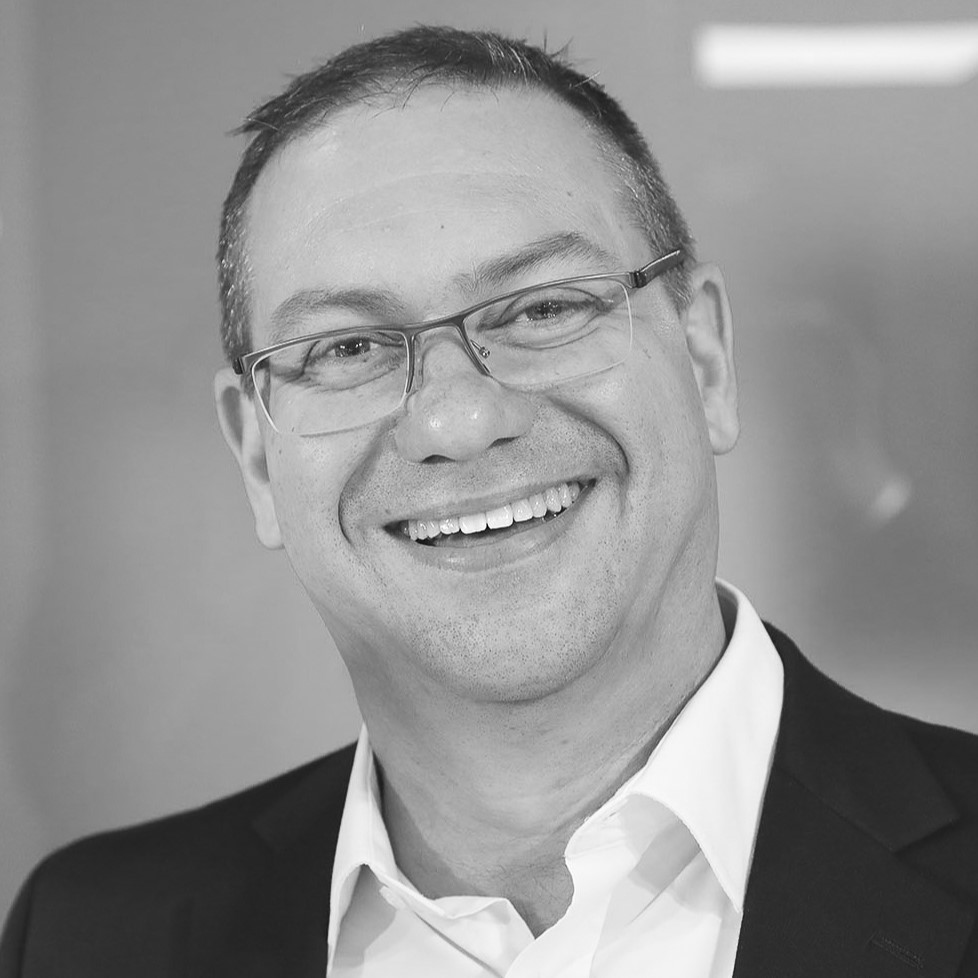
Prof. Amit Gefen
Tel Aviv University, Israel
Professor Amit Gefen is a Full Professor with the Department of Biomedical Engineering at the Faculty of Engineering of Tel Aviv University and the Berman Chair in Vascular Bioengineering. He has academic affiliations in leading research universities including Gent and Hasselt Universities in Belgium and Eindhoven University in the Netherlands. The research interests of Prof. Gefen are in studying normal and pathological effects of biomechanical factors on the structure and function of cells, tissues and organs, with emphasis on applications in acute and chronic wound research. To date, Prof. Gefen published more than 320 articles in peer-reviewed international journals and multiple edited books on mechanobiology, cell and tissue biomechanics, with applications that are mostly in wound prevention and treatment. He was awarded multiple international career awards by wound care and engineering societies and associations in recognition of his contributions to the science of wound care. Prof. Gefen is listed among the top 100 most cited biomedical engineering scientists worldwide at all times.
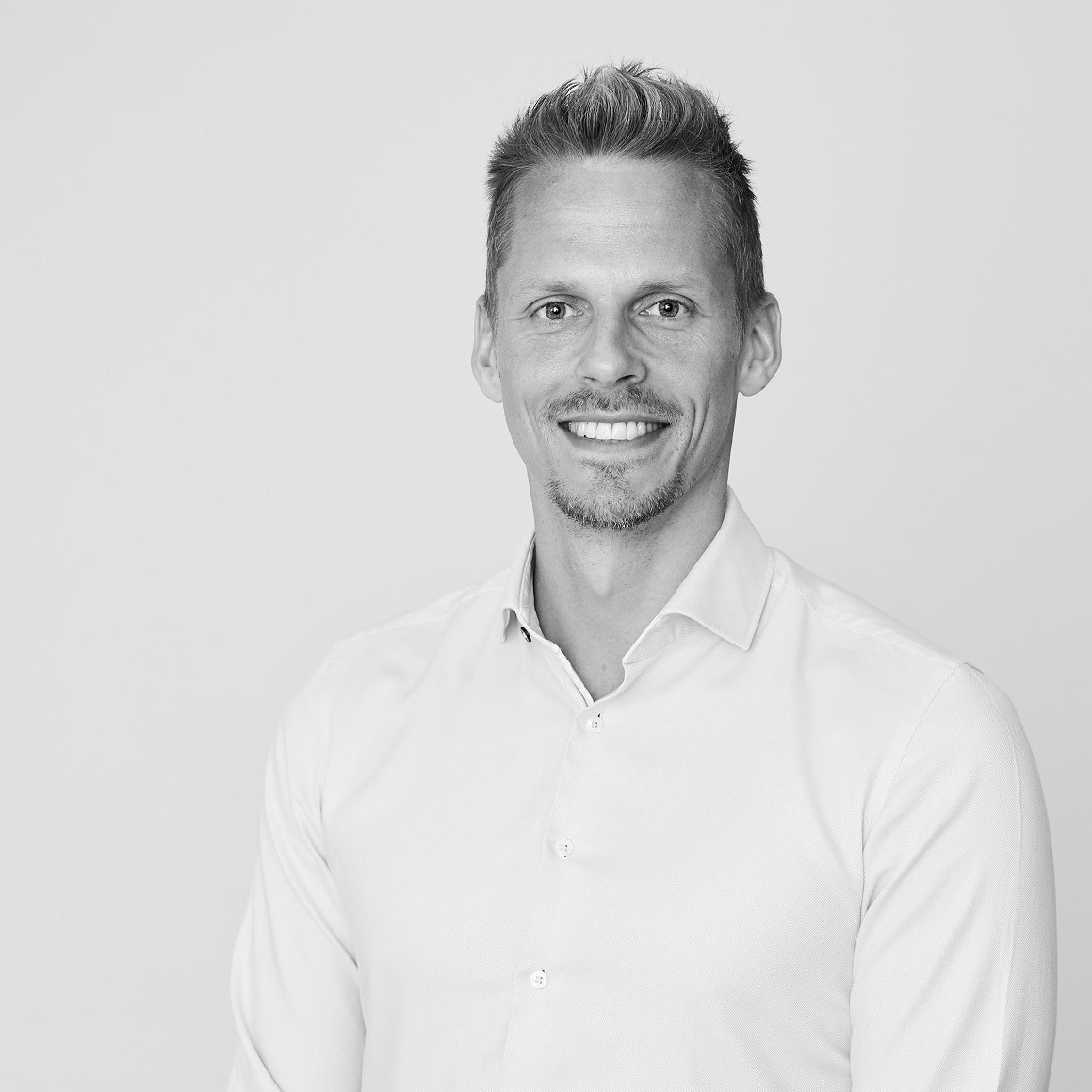
Dr. Dimitri Beeckman
Ghent University, Belgium
Dr. Dimitri Beeckman is professor of nursing science at Ghent University (Belgium) and Örebro University (Sweden). He is past president of the European Pressure Ulcer Advisory Panel (EPUAP) and the International Skin Tear Advisory Panel (ISTAP) and the honorary treasurer of the European Wound Management Association (EWMA). He is programme director of the Master of Science in Nursing and Midwifery programme at Ghent University. He leads the Skin Integrity Research Group (SKINT) at Ghent University and the Swedish Centre for Skin and Wound Research (SCENTR) at Örebro University. He specialises in skin integrity research, clinical trials, education, implementation, instrument development and psychometrics. He has authored over 200 scientific publications and disseminated his research findings in more than 80 countries. His contributions have been recognised by international fellowships including the Sigma Theta Tau International Honour Society of Nursing, the European Academy of Nursing Science (EANS) and the American Academy of Nursing (FAAN).
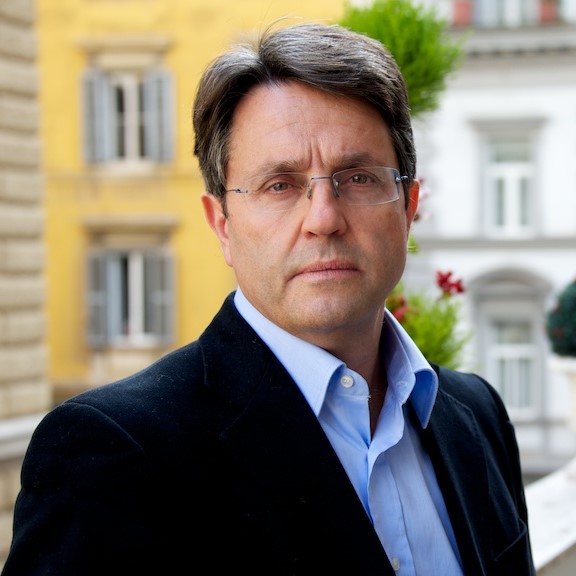
Prof. Corrado M. Durante
Army Military Hospital Rome, Italy
Corrado Maria Durante is Professor of Wound Care at La Sapienza University of Rome and Senior Plastic Surgeon Consultant at Orthopedic and Traumatology Department of the Army Military Hospital Rome Italy.
His training started from general surgery, but in his professional development, interest has fallen in reconstructive surgery in the area of the skin injuries, soft tissue loss and complex wounds.
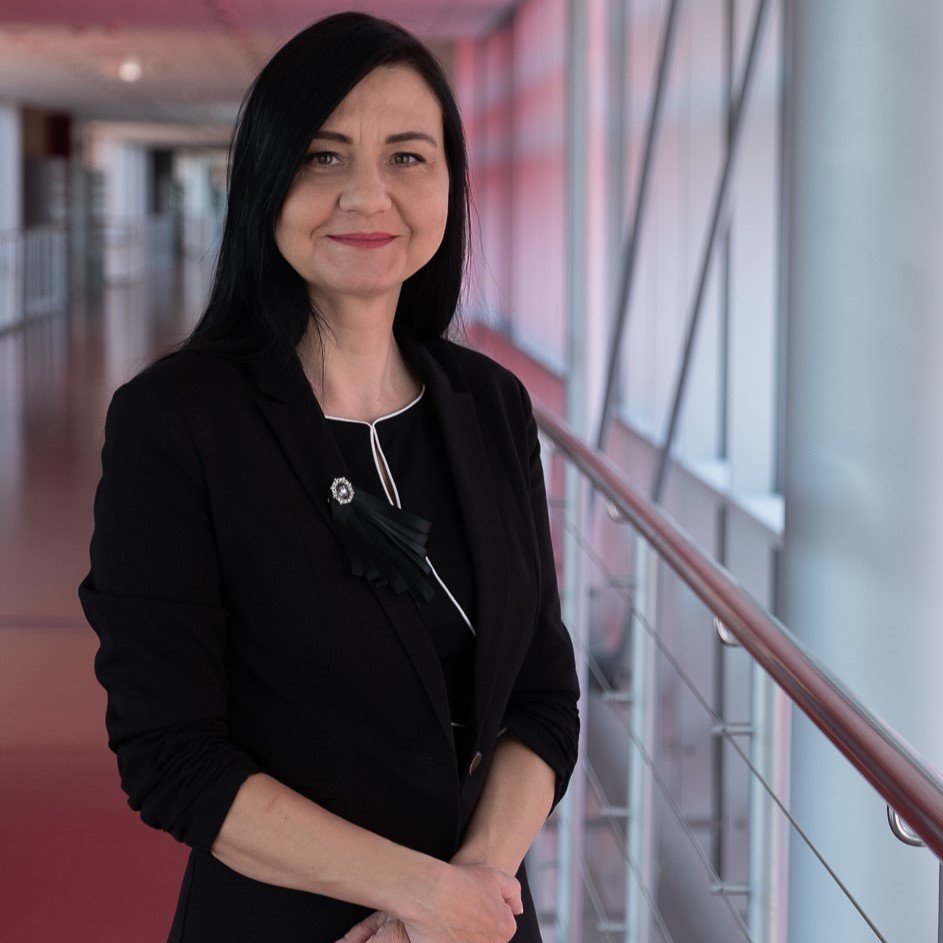
Prof. Andrea Pokorna
Masaryk University, Czech Republic
Andrea Pokorná is a Full Professor of Nursing at Masaryk University, Faculty of Medicine in the Czech Republic. She is the vice dean for non-medical study programmes and information technology. She is a vice-chairman of the Association of University Educators of Non-Medical Health Professions in the Czech Republic (bringing together 24 higher education institutions). She is also closely collaborating with the Ministry of Health to support the academic education of allied healthcare professionals with a special focus on Pressure ulcer prevention and treatment.
Her research activities are focused mostly on Nursing education and its determiners, Quality of care and Adverse events, Patient Safety, Missed Nursing Care and wound care, with special attention to Pressure ulcers. She has been elected the president of the European Pressure Ulcer Advisory Panel (for 2023-2025). She serves as Scientific Recorder of EWMA (2023-2025). She is an author and co-author of over 100 indexed publications with over 800 citations.”
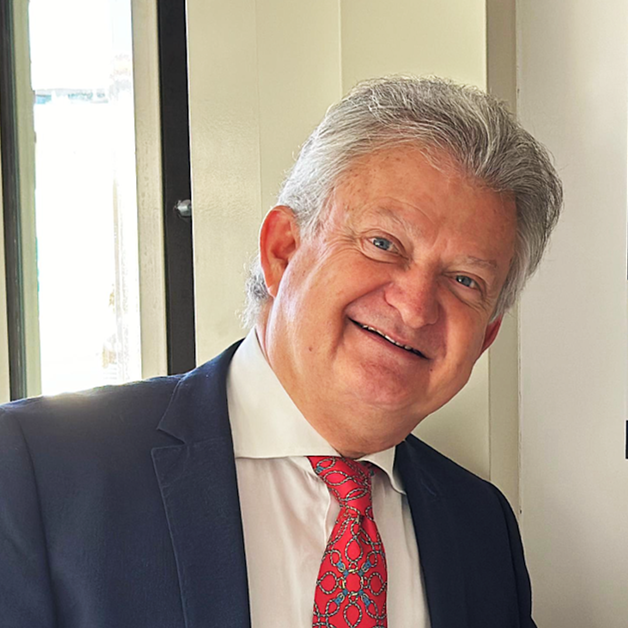
Dr. Guido Ciprandi
Bambino Gesu’ Children’s Hospital, Italy
Guido Ciprandi graduated from University of Rome La Sapienza (UR1) in 1982, appointed Specialist in Thoracic Surgery in 1987, Specialist in Pediatric Surgery, University of Rome Tor Vergata (UR2) in 1992. His training in General and Thoracic surgery was done at the Clinics for General Surgery and Thoracic Surgery of UR1 and UR2, and in Pediatric Surgery at the Bambino Gesu’ Children’s Hospital, in Rome. He spent the next years between the Microvascular Clinics of Saint Joseph Hospital in Paris (PhD in microsurgery), Children’s Hospital in Boston (Fetal Tissue Research Program) and La Timone Hospital “des Enfants Malades” in Marseille (Laringotracheal Surgery and reconstruction, Lab models for Airways healing in NZWR). In 2001, he became responsible for the Experimental Laboratory Research Center in Palidoro, at Bambino Gesu’ Children’s Hospital. In 2012 he was appointed Managing Director for Pressure Ulcer and Complex Lesions Project in the Unit of Plastic and Maxillofacial Surgery, Department of Surgery, Bambino Gesu’ Children’s Hospital, IRCCS, Rome, Italy.
Dr. Ciprandi is member of national and international organizations, including the European Pediatric Surgical Association, Italian Association for Pediatric Surgery, European Wound Management Association. He is also Trustee in European Pressure Ulcer Advisory Panel, Executive member in WUWHS, and Founding President of the International Society for Pediatric Wound Care (ISPeW). Dr. Ciprandi has contributed extensively in the various fields of Pediatric Surgery, including Parenteral and Enteral Nutrition, Thoracic and Tracheal Surgery, Oncological Surgery, Microvascular surgery, Fetal Surgery, Pediatric Wound Care, Neonatal and Pediatric Complex Wounds , NPWT in Pediatric patients, Skin Bioengineering. Among his clinical research efforts are studies concerning Hirschsprung Disease and Inflammatory Bowel Disease, Wilms’ Tumor, Neuroblastoma, Pressure Ulcers, Neonatal Ulcers, Medical Device Related Injuries.
Additionally, Dr. Ciprandi has influenced his field through educational activities. He is Professor of Wound Care at the Universities of Rome, Pavia, Turin, Trieste and Pisa. In 2018 he’s been awarded for a “Good Quality Project on Pressure Injuries Prevention” and in the same year he organised the EPUAP Annual Conference as a Chair in Rome. In 2019 he’s taken over as Clinical and Scientific Director of the Pediatric Burn Centre Project in Rome. He is also a frequent Invited Lecturer and Visiting Professor throughout the world and Author of more than 250 scientific publications, and edited books on Anatomy, Surgery and Wound Care.
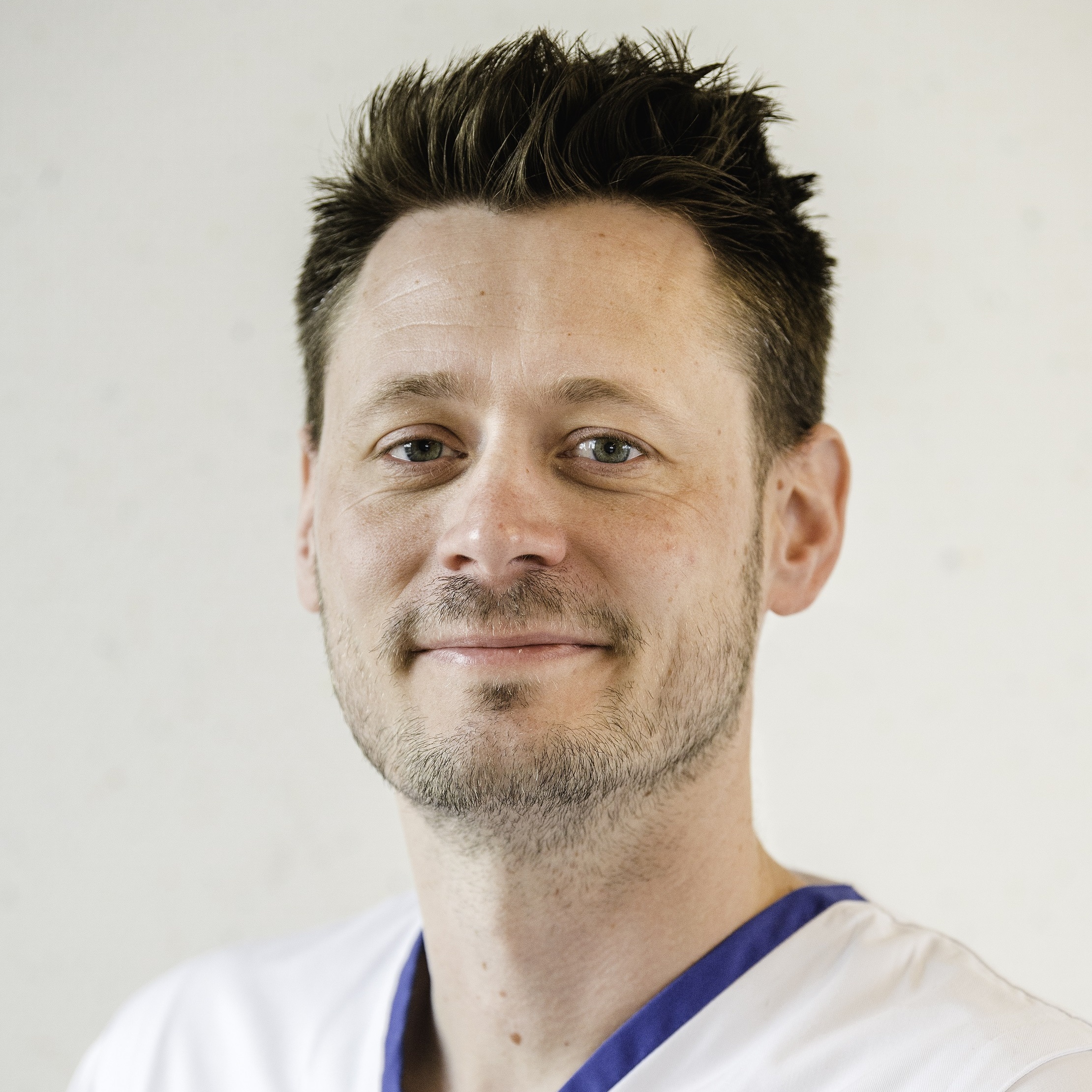
Steven Smet
Ghent University Hospital, belgium
Steven Smet holds a BSc. in Nursing, an MSc. in Nursing and Midwifery, a post graduate in infection control and a postgraduate in stomatherapy and wound care. Steven Smet worked for 2 years in the intensive care unit where after he started as the coordinator and team leader of the wound care center at the Ghent University hospital. He performs together with his team bedside and ambulatory wound care consultations and is responsible for implementing new guidelines and recent scientific evidence to update and improve clinical practice. Since 2012, Steven is also chairman of the pressure ulcer committee in the Ghent University Hospital. Education, in- and externally, is an important part of his workload and Steven is a member of the board of the EduWond wound care teaching platform in Belgium. Steven is strongly motivated to use, but also to improve, his knowledge and experience on an international level. Since 2016, he is a trustee in the board of the European Pressure Ulcer Advisory Panel and currently also the chair of the EPUAP education committee. Steven started in 2020 with a PhD project which focus on wound assessment, wound parameters and the use of wound algorithms in clinical practice. Steven has been (co-)author of multiple publications within the domain of wound care and pressure ulcer prevention in national and international journals: https://biblio.ugent.be/person/802002066641 and https://orcid.org/0000-0003-1465-207X

Lecture: Aetiology and biomechanics of pressure ulcers
Prof. Amit Gefen, Tel Aviv University, Israel
The most recent, third and updated edition of the Clinical Practice Guideline (CPG) on Prevention and Treatment of Pressure Ulcers/Injuries has been published in 2019. It includes the most up-to-date evidence-based guidance for clinicians, related topics such as pressure ulcers (PUs) / pressure injuries (PIs) aetiology, classification and future research needs, which were all thoroughly considered by international expert teams. The aetiological description of PUs/PIs in the CPG, led by Professor Gefen, summarizes our most recent mechanobiological understanding of how these wounds form. This lecture, focusing on the aetiology and biomechanics of PUs/PIs, will review this latest understanding of the aetiology of PUs/PIs with a special focus on the effects of sustained soft tissue deformations. Sustained deformations of soft tissues cause initial cell death and tissue damage that ultimately may result in the formation of PUs/PIs, including medical device-related PUs/PIs. High tissue deformations result in cell damage on a microscopic level within just a few minutes, although it may take hours of sustained loading for the damage to become clinically visible and significant. Superficial skin damage is primarily caused by shear loading exposures applied to a fragile skin, whereas deeper PUs/PIs predominantly result from mechanical stress concentrations (i.e., concentrated tissue strains and stresses) within soft tissues at and near their interfaces with bony prominences, or under relatively stiff medical devices. Therefore, primary PU/PI prevention, related to both bodyweight-induced and medical device related PUs/PIs, should aim for minimising sustained (or repetitive) soft tissue deformations, by either reducing the maximal strain/stress values in the affected soft tissues (i.e., reduce the tissue stress concentrations), or by decreasing the exposure time of these tissues.
Professor Amit Gefen is a Full Professor with the Department of Biomedical Engineering at the Faculty of Engineering of Tel Aviv University and the Berman Chair in Vascular Bioengineering. He has academic affiliations in leading research universities including Gent and Hasselt Universities in Belgium and Eindhoven University in the Netherlands. The research interests of Prof. Gefen are in studying normal and pathological effects of biomechanical factors on the structure and function of cells, tissues and organs, with emphasis on applications in acute and chronic wound research. To date, Prof. Gefen published more than 320 articles in peer-reviewed international journals and multiple edited books on mechanobiology, cell and tissue biomechanics, with applications that are mostly in wound prevention and treatment. He was awarded multiple international career awards by wound care and engineering societies and associations in recognition of his contributions to the science of wound care. Prof. Gefen is listed among the top 100 most cited biomedical engineering scientists worldwide at all times.

Lecture: Pressure ulcer risk assessment and pressure ulcer classification
Dr. Jan Kottner, Charité – Universitätsmedizin Berlin, Germany
Risk assessment the first step aiming at identifying individuals who are more likely to develop pressure ulcers/injuries. Risk assessment is complex and optimal methods are unknown. Currently, a two-step approach is considered best practice: As soon as possible after admission, a risk screening should be conducted. If pressure ulcer/injury risk is likely, a comprehensive risk assessment including a detailed evaluation of major and condition-specific risk factors should be conducted.
Classification is part of pressure ulcer/injury assessment. Before any lesion can be classified, the diagnosis of pressure ulcers must be established. Various pressure ulcer/injury classifications exist in parallel worldwide, but despite differences, the concepts described in the current pressure ulcer/injury classifications are similar. The current WHO International Classification of Diseases 11th Revision (ICD-11) provides an up-to-date reference classification.
Dr. Jan Kottner obtained his master in Nursing Science and Education in 2007 after having worked as registered nurse in several hospital settings. Measurement properties of pressure ulcer risk diagnoses and classification, statistical process control methods and the epidemiology of care problems were topics of his PhD thesis and his postdoctoral qualification. From 2011 to 2020 he was the Scientific Director of the Clinical Research Center for Hair and Skin Science at the Department of Dermatology and Allergy at the Charité-Universitätsmedizin Berlin. Since 2020, he is director of the Institute of Clinical Nursing Science at the Charité – Universitätsmedizin Berlin. Key research interests of Jan Kottner are skin and tissue integrity and preventive skin care with a special focus on skin physiology, skin barrier restoration and maintenance. He has special interests in evidence-based practice including systematic reviews, guidelines, clinical trial design and conduct, and outcome development and validation. He is Associate Editor of the International Journal of Nursing Studies and member of international boards and societies focussing of skin and tissue health.

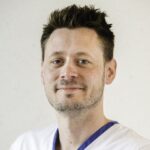
Lecture: MASD-MARSI-IAD
Workshop: Developing and implementing a risk assessment and prevention protocol
Dr. Dimitri Beeckman, Ghent University, Belgium
the Masterclass chair Steven Smet, Ghent University hospital, Belgium
This lecture focuses on Moisture-Associated Skin Damage (MASD), Medical Adhesive-Related Skin Injury (MARSI), and Incontinence-Associated Dermatitis (IAD) in the context of pressure ulcer management. It focuses on the causes and mechanisms of MASD-MARSI-IAD, discussing their distinct characteristics. The presentation includes a thorough exploration of evidence-based prevention and treatment strategies, incorporating recent advancements in skin care technologies and protocols. The lecture concludes with a discussion on integrating this evidence into comprehensive pressure ulcer prevention and treatment plans.
Participants have the opportunity to take part in a specialized workshop focused on the development and implementation of a comprehensive risk assessment and prevention protocol. The aim of the workshop is to provide participants with the theoretical and practical skills and knowledge essential for effective pressure ulcer prevention strategies. Participants will explore the intricacies of risk assessment methods and gain an in-depth understanding of the factors that contribute to pressure ulcer development. The workshop will emphasize evidence-based approaches and provide participants with the latest tools and techniques to create tailored prevention protocols.
Dr. Dimitri Beeckman is professor of nursing science at Ghent University (Belgium) and Örebro University (Sweden). He is past president of the European Pressure Ulcer Advisory Panel (EPUAP) and the International Skin Tear Advisory Panel (ISTAP) and the honorary treasurer of the European Wound Management Association (EWMA). He is programme director of the Master of Science in Nursing and Midwifery programme at Ghent University. He leads the Skin Integrity Research Group (SKINT) at Ghent University and the Swedish Centre for Skin and Wound Research (SCENTR) at Örebro University. He specialises in skin integrity research, clinical trials, education, implementation, instrument development and psychometrics. He has authored over 200 scientific publications and disseminated his research findings in more than 80 countries. His contributions have been recognised by international fellowships including the Sigma Theta Tau International Honour Society of Nursing, the European Academy of Nursing Science (EANS) and the American Academy of Nursing (FAAN).
Steven Smet holds a BSc. in Nursing, an MSc. in Nursing and Midwifery, a post graduate in infection control and a postgraduate in stomatherapy and wound care. Steven Smet worked for 2 years in the intensive care unit where after he started as the coordinator and team leader of the wound care center at the Ghent University hospital. He performs together with his team bedside and ambulatory wound care consultations and is responsible for implementing new guidelines and recent scientific evidence to update and improve clinical practice. Since 2012, Steven is also chairman of the pressure ulcer committee in the Ghent University Hospital. Education, in- and externally, is an important part of his workload and Steven is a member of the board of the EduWond wound care teaching platform in Belgium. Steven is strongly motivated to use, but also to improve, his knowledge and experience on an international level. Since 2016, he is a trustee in the board of the European Pressure Ulcer Advisory Panel and currently also the chair of the EPUAP education committee. Steven started in 2020 with a PhD project which focus on wound assessment, wound parameters and the use of wound algorithms in clinical practice. Steven has been (co-)author of multiple publications within the domain of wound care and pressure ulcer prevention in national and international journals: https://biblio.ugent.be/person/802002066641 and https://orcid.org/0000-0003-1465-207X


Lecture: Clinical innovations in pressure ulcer treatment
Prof. Andrea Pokorná, Masaryk University, the Czech Republic
Dr. Guido Ciprandi, Bambino Gesu’ Children’s Hospital, Italy
EPUAP MASTERCLASS will guide you through the experience and care in the world of pressure ulcers with innovation and sensitivity. The lecture Clinical Innovations in Pressure Ulcer Treatment will introduce you to novel and most recent approaches to pressure ulcer treatment.
Our secret to innovation is focusing on achieving patient well-being quickly and steadily. Healing pressure ulcers creates a new world of optimism for the whole family and caregivers. The empathetic approach is the keyword for every shared step, from prevention to treatment of pressure ulcers at any age.
There are things you can actively do to make the innovation happen or at least increase the chances of successful wound healing. EPUAP encourages technology input as a work in progress with careful attention to evaluating how research and the clinic go hand in hand in creating a better quality of life.
Andrea Pokorná is a Full Professor of Nursing at Masaryk University, Faculty of Medicine in the Czech Republic. She is the vice dean for non-medical study programmes and information technology. She is a vice-chairman of the Association of University Educators of Non-Medical Health Professions in the Czech Republic (bringing together 24 higher education institutions). She is also closely collaborating with the Ministry of Health to support the academic education of allied healthcare professionals with a special focus on Pressure ulcer prevention and treatment.
Her research activities are focused mostly on Nursing education and its determiners, Quality of care and Adverse events, Patient Safety, Missed Nursing Care and wound care, with special attention to Pressure ulcers. She has been elected the president of the European Pressure Ulcer Advisory Panel (for 2023-2025). She serves as Scientific Recorder of EWMA (2023-2025). She is an author and co-author of over 100 indexed publications with over 800 citations.
Guido Ciprandi graduated from University of Rome La Sapienza (UR1) in 1982, appointed Specialist in Thoracic Surgery in 1987, Specialist in Pediatric Surgery, University of Rome Tor Vergata (UR2) in 1992. His training in General and Thoracic surgery was done at the Clinics for General Surgery and Thoracic Surgery of UR1 and UR2, and in Pediatric Surgery at the Bambino Gesu’ Children’s Hospital, in Rome. He spent the next years between the Microvascular Clinics of Saint Joseph Hospital in Paris (PhD in microsurgery), Children’s Hospital in Boston (Fetal Tissue Research Program) and La Timone Hospital “des Enfants Malades” in Marseille (Laringotracheal Surgery and reconstruction, Lab models for Airways healing in NZWR). In 2001, he became responsible for the Experimental Laboratory Research Center in Palidoro, at Bambino Gesu’ Children’s Hospital. In 2012 he was appointed Managing Director for Pressure Ulcer and Complex Lesions Project in the Unit of Plastic and Maxillofacial Surgery, Department of Surgery, Bambino Gesu’ Children’s Hospital, IRCCS, Rome, Italy.
Dr. Ciprandi is member of national and international organizations, including the European Pediatric Surgical Association, Italian Association for Pediatric Surgery, European Wound Management Association. He is also Trustee in European Pressure Ulcer Advisory Panel, Executive member in WUWHS, and Founding President of the International Society for Pediatric Wound Care (ISPeW). Dr. Ciprandi has contributed extensively in the various fields of Pediatric Surgery, including Parenteral and Enteral Nutrition, Thoracic and Tracheal Surgery, Oncological Surgery, Microvascular surgery, Fetal Surgery, Pediatric Wound Care, Neonatal and Pediatric Complex Wounds , NPWT in Pediatric patients, Skin Bioengineering. Among his clinical research efforts are studies concerning Hirschsprung Disease and Inflammatory Bowel Disease, Wilms’ Tumor, Neuroblastoma, Pressure Ulcers, Neonatal Ulcers, Medical Device Related Injuries.
Additionally, Dr. Ciprandi has influenced his field through educational activities. He is Professor of Wound Care at the Universities of Rome, Pavia, Turin, Trieste and Pisa. In 2018 he’s been awarded for a “Good Quality Project on Pressure Injuries Prevention” and in the same year he organised the EPUAP Annual Conference as a Chair in Rome. In 2019 he’s taken over as Clinical and Scientific Director of the Pediatric Burn Centre Project in Rome. He is also a frequent Invited Lecturer and Visiting Professor throughout the world and Author of more than 250 scientific publications, and edited books on Anatomy, Surgery and Wound Care.

Ms Durante
Lecture: Pressure Injury stewardship
For more than twenty years, at the Rome Army Military Hospital, we have been addressing all pathological conditions defined as pressure injuries in a holistic manner. The care is carried out by a multidisciplinary team that acts transversally regardless of where the patient is hospitalized. The team’s approach timeline is structured as follows:
– Environmental, clinical and metabolic assessment (family history, risk factor scale, mobility, lesion staging and grading, surface analysis and body offload program)
– Microbial load evaluation (fluorescence imaging for the detection of bacterial burden, culture swabs)
– Local detersion (enlarged cleansing of the affected area)
-Targeted debridement (surgery, soft, ultrasound device guided by fluorescence imaging)
-Targeted antisepsis (different antimicrobial solution related to the injury anatomical localization, prolonged application)
– Local advanced care (Hy-tech dressing, local oxygen therapy, negative pressure, etc)
The Follow-up timing is instead characterized by:
– Personalized frequency of the dressing change (tailoring)
– Possible systemic antibiotic therapy
– Adequate diet and support of minerals and trace elements
– Physical therapy and mental support
– Rehabilitation

